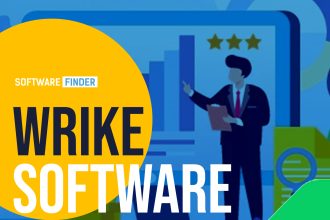In 2021, there were over 17.8 billion commercial automated clearing house (ACH) transactions. This is one of the most commonly used payment methods, and people usually think eCheck is synonymous with ACH since it’s widely used as well.
However, there are notable differences between these two payment methods. Knowing them can make your financial life a lot easier.
So what’s eCheck vs ACH, and which one’s right for you? Read on to find out.
What Is ACH?
ACH was created in the 1960s, and it was a solution for processing paper checks in large volumes. When merchants received paper checks, they’d input the routing and account number written on them, as well as other key details. Once the check information’s received, ACH allowed direct withdrawals from bank accounts.
There are 2 types available: ACH debit and ACH credit. ACH transfers are typically used for recurring transactions.
The transactions can take between 1 to 3 business days to process. The steps are as follows:
- Request authorization
- Check conversion
- Payment transfer
What Is an eCheck?
As the name suggests, an eCheck is the digital form of the paper check. This is a one-time transfer that takes money from one bank account to another.
A transaction usually takes 1 to 3 business days to complete. The steps are:
- Request authorization
- Payment setup
- Complete and submit
- Payment confirmation and funds deposit
eCheck vs ACH: Similarities
Both eChecks and ACH payments go through ACH itself, and they’re both considered electronic funders transfers (EFTs). So if ACH didn’t exist, then neither payment type would exist.
Plus, eChecks and ACH payments are both bank-to-bank transactions. Traditional payments are usually credit cards going to merchant accounts.
These 2 payment methods also don’t cost much to use when compared to paper checks, wire transfers, and debit cards. So naturally, businesses prefer eChecks and ACH for their customer payments.
eCheck vs ACH: Differences
eCheck payments are processed through the ACH network, while ACH transactions are processed by other entities.
Also, as we’ve pointed out above, eChecks are one-time transfers, while ACH payments are recurring. This means that bankcard services usually go with ACH.
eChecks can also be slower to process, even though both methods technically take 1 to 3 business days. This is because there are extra verification steps in place for eChecks for authorization. So these can take an extra 24 to 48 hours, putting the total wait time up to 5 days in some cases.
Choose the Right Payment Method
Now you know the differences between eCheck vs ACH. Basically, if you’re doing a one-off payment, then it’s better to choose eCheck. But if you have repeated payments (such as for a subscription), then the better option is ACH.
Either way, both are great digital payment options. And if you’re a vendor, offering these will lower your costs, as the fees are significantly lower than with wire transfers and debit cards.
If you want to read more about finance, then take a look at the rest of our blog page.














